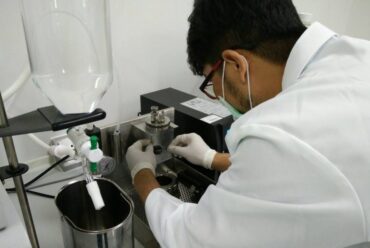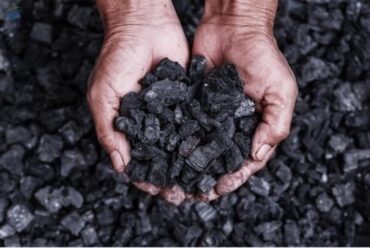Why Are Iron and Nickel So Important As Building Materials for Long Lasting and Strong Coatings? Here’s the review
WHAT IS IRON AND NICKEL AS LAYING MATERIALS?
Iron and nickel are metals that are often used as coating or coating materials for various industrial products. This iron and nickel layer can help increase a product’s resistance to corrosion, improve mechanical properties, and increase the aesthetic value of the product.
The information that needs to be known about iron and nickel as coating materials includes:
Iron and nickel are used as basic materials for coating in various industrial products.
Coatings of iron and nickel can increase product resistance to corrosion and improve product mechanical properties.
The process of making iron and nickel coatings can be done by various methods such as electroplating, electroless plating, and chemical vapor deposition.
HOW IS THE PROCESS OF MAKING IRON AND NICKEL COATING?
The process of making iron and nickel coating can be done by various methods, depending on the type of product and application needs. Several methods commonly used include electroplating, electroless plating, and chemical vapor deposition.
Iron and nickel can form a durable and strong coating through a coating or coating process with a technique called electroplating. This electroplating process involves the use of electricity to control metal deposition on the surface of the base material.
BASIC STEPS FOR ELECTROPLATING INCLUDE:
Cleaning the surface of the base material to ensure that no dirt or other substances stick to the surface. The cleaning process can involve the use of chemicals and special cleaning machines.
Base coating with a precoat or primer, which usually consists of a mixture of chemicals and metals. This layer helps to increase the adhesion between the base metal and the main layer that will be deposited later.
The main plating process begins by placing the base material that has been cleaned and base-coated into an electrolyte solution containing the metal ions to be deposited, for example nickel or chromium.
The deposition process begins by attaching positive and negative electrodes to the electrolyte solution, thus producing an electric current that passes through the solution and makes the metal ions move towards the surface of the base material to be coated.
During the deposition process, metal ions will stick to the surface of the base material and form a thin layer which continues to thicken until it reaches the desired thickness.
After the deposition process is complete, the formed layer can be polished or buffed to produce a smoother, more lustrous appearance.
In the electroplating process, the deposition time and the electric current used are very important to produce a durable and strong coating. A layer that is too thin may not have sufficient strength or durability, while a layer that is too thick can cause structural instability or weakness. Therefore, the electroplating process must be carried out carefully and by using the right parameters to produce an optimal coating.
WHAT IS A LAYER AND WHY IS IT IMPORTANT TO CREATE THEM
After understanding a little about iron and nickel as coating materials, it’s also helpful for us to understand what coating is and why it’s important to make it.
Coatings are materials placed over the surface of an object to protect it and improve its performance. Coatings can be used on a wide variety of objects, from vehicles to buildings. In many cases, coatings are used to prevent corrosion, resist friction, and improve the visual appearance of an object.
Iron is a metal that is widely used in the manufacture of coatings. The main advantage of iron is its ability to form strong and durable iron oxides on its surface. This iron oxide is known as rust, and it usually appears on uncoated metal surfaces. To prevent rust, the iron is coated with another material, such as paint or epoxy coating.
Nickel is a metal that is also used in the manufacture of coatings. Nickel is known for its ability to form very strong and corrosion resistant coatings. In addition, nickel has the ability to enhance the visual appearance of an object. This is seen in many jewelery products which are nickel plated.
Iron and nickel are often used together in the manufacture of coatings. This is because the combination of these two metals can form a very strong and durable coating. The two metals also have complementary properties, meaning they complement one another. Iron provides structural strength while nickel provides corrosion protection and enhances the visual appearance of an object.
However, it is important to remember that coatings made of iron and nickel are not suitable for all applications. In some cases, coatings made of other materials such as aluminum or chromium may be more suitable. This depends on the purpose of the layer itself and the environment in which the layer will be used.
In conclusion, iron and nickel are two very important metals in the manufacture of coatings. These two metals have unique properties and the ability to form strong and durable coatings. However, it is important to consider the purpose of the coating and the environment in which the coating will be used before selecting the right material for the coating.







